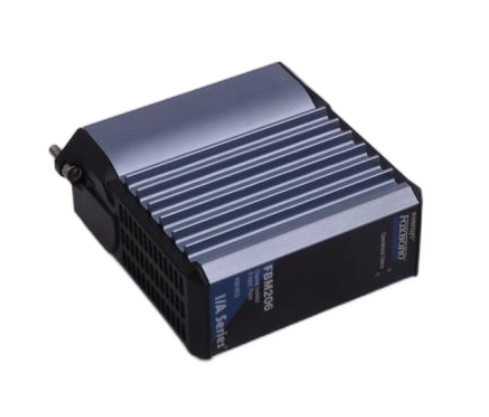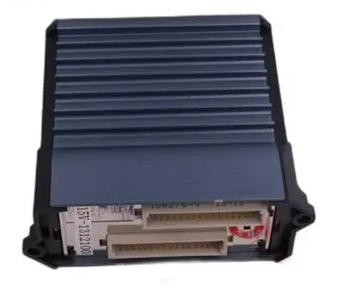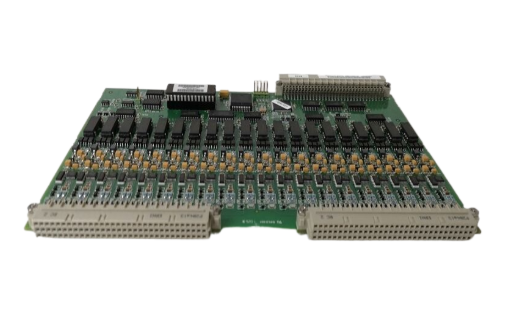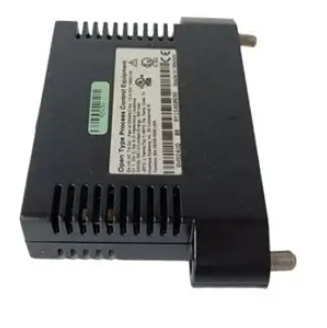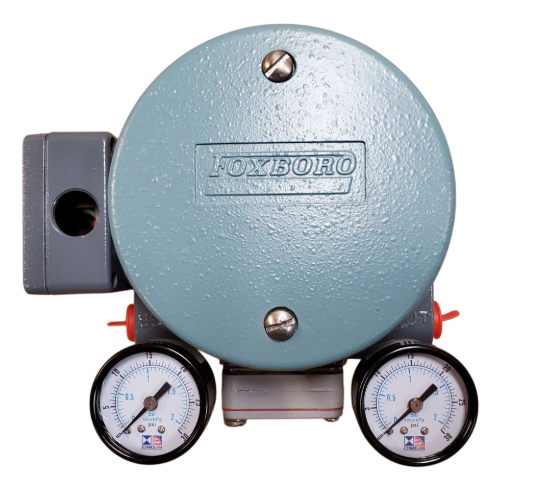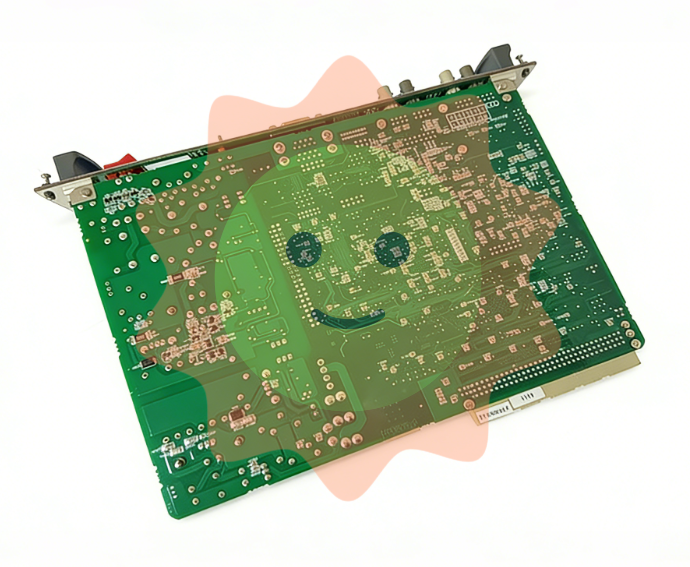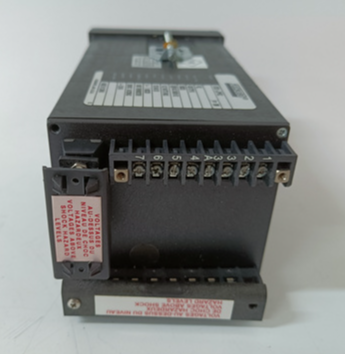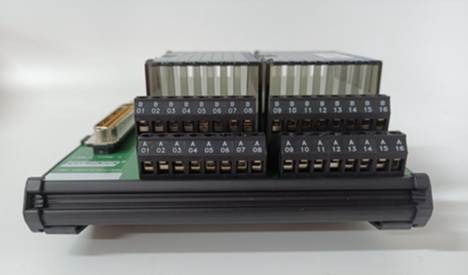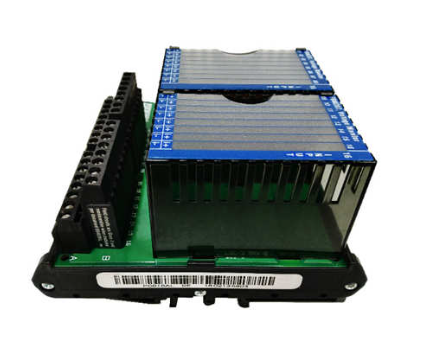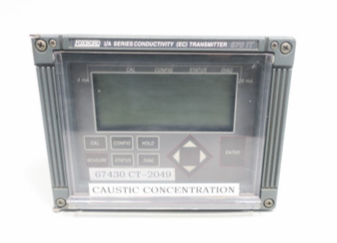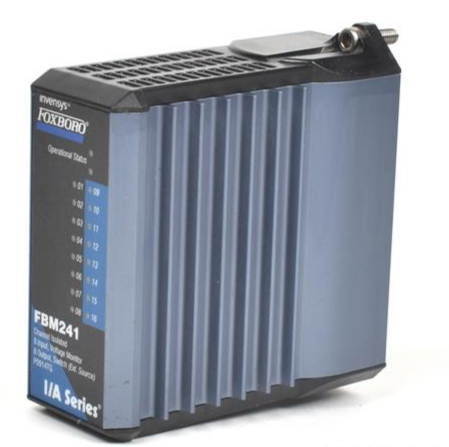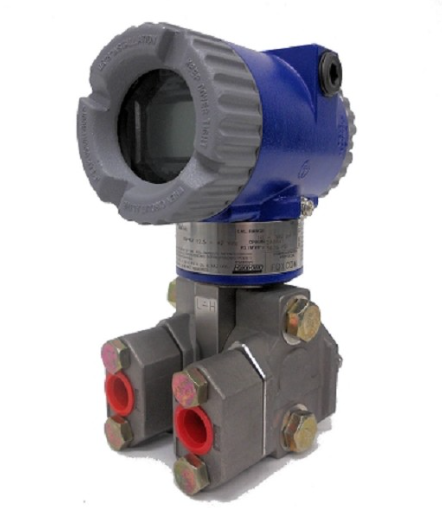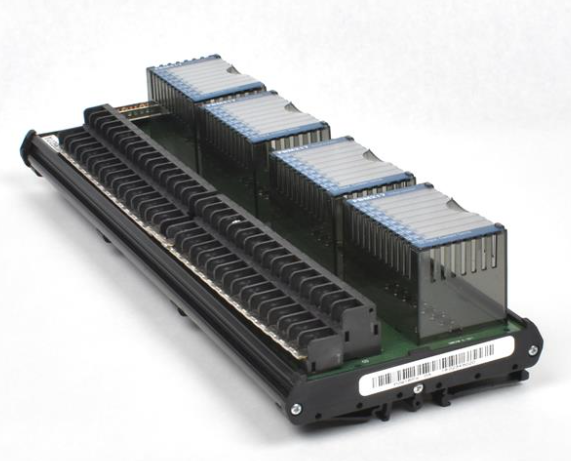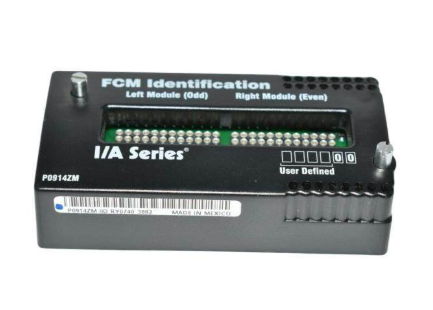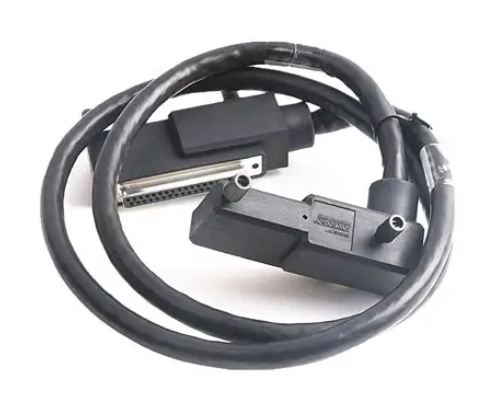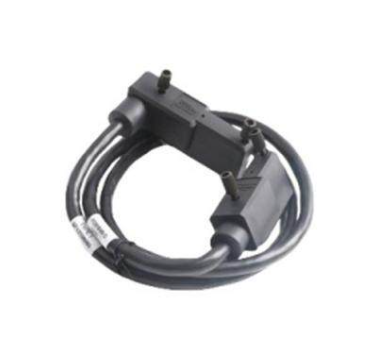Subvert traditional food and beverage digital competition strategy, multi-dimensional reconstruction under new retail
In his opening speech at FBIF2020, Simba Events founder Bella mentioned, "At the beginning of the 19th century, Nicolas Appel, a Frenchman, invented the can and opened the prelude to food packaging. Two hundred years later, the world's population has grown to 6.3 billion. The rise in population is due to technological advances and the efforts of people in the food industry."
The rapid development of technology has brought significant changes to the food and beverage industry. After decades or even centuries of growth, we need to take a sober look at current operational efficiencies and business models. Mobile Internet, Internet of Things (IoT), social media, artificial intelligence (AI), cloud computing, targeted big data analytics, and blockchain are all coming together, making it imperative for food and beverage practitioners to think positively and act in order to ride the wave of sustainability.
The mention of COVID-19 is still unavoidable here. For China, the two regional epidemics of the virus both started in the food market. When the market was closed under the rapid response mechanism, in the face of such an unexpected event, in addition to the social public emergency mechanism, whether the food and beverage enterprises themselves made timely adjustments? Is digital change embedded in every process of business development or does it stop at the marketing level? These questions, which once seemed a little premature, have come to everyone's attention once and for all in the wake of COVID-19.

Qunshuo software
The retail environment is changing rapidly, and consumer demand is seeing opportunities
The connotation of food and beverage gradually extends to the field of lifestyle
The human need for food is rigid, which has been with human development for a long time. In the information age, the overwhelming information and advertising open the consumer's vision. In addition to meeting their needs, they are increasingly concerned about the impact their food choices may have on environmental protection and sustainable development. Now the pace of life is accelerating, and different types of consumers such as "new middle class", "Generation Z" and "silver family" have been derived. Based on different consumer preferences, as well as changes in lifestyles within groups, the meaning of food and beverage has been broadened to include healthy lifestyles, work-family balance, and relief from emotional depression. In the dimension of product innovation, building a new fashion of healthy nutrition will become a good opportunity to establish a connection with consumers.
The market is changing faster, and personalized consumption has become a new growth point
Under the influence of COVID-19, consumers are more than ever looking to adjust their diet to regulate their health and are more critical in their food choices. The desire to get nutrients from food and drink to boost immunity fluctuates. Expectations for food and beverage consumption with both flavor and nutrition continue to rise. Personalized consumption combined with consumer sensory experience has become a new growth point in the future of this industry.
The food and beverage industry is unique in that it has low barriers to entry. More and more new brands can quickly occupy the market and gain traffic overnight with "Internet celebrity" products. The product span of the industry is large, the variety is rich, and many new formats have been derived in recent years. The advent of the age of social media has shortened the life cycle of a single product and made the market change faster. New brands need to grasp the explosive advantages while quickly integrating, and take advantage of the trend to enhance user viscosity; Old giants need to tap their own potential value and continue to interact with users. The consumer market continues to sink, there is a huge dividend space hidden in the sinking market, and the upstream market continues to evolve new consumer demand, requiring food and industry enterprises to achieve progressive change thinking.
Diversified consumption scenarios and fragmented distribution channels
China's food and beverage industry has experienced long-term expansion growth, and the overall market growth is slowing down, replacing high growth is fission and upgrading at all levels. Technological progress has improved the production efficiency of food and beverage, and the quality and output of products have been greatly improved. The speed of product update in the market is accelerating, and the food and beverage industry is more inclined to establish a diversified consumption scenario for users from the perspective of sustainable development.
Today, the new retail model represented by Hema Fresh and Jingdong Seven fresh can successfully break through among young consumer groups with convenient advantages. For these retail enterprises, the store is not the end of the transaction, they prefer to conduct data insights on consumers through user purchase behavior, so as to build their own data bank and win the advantage of future differentiation competition. Retail industry traffic dividend peak, distribution channels are increasing, and tend to fragmentation, the future is the era of "channel is king", the need to integrate fragmented channels, comply with the deepening omni-channel marketing trend.
Opportunities are accompanied by pain, and the road to break through may not be smooth
"New Retail" was proposed as early as 2016 at the Cloud Habitat Conference, which is a landmark inflection point in the retail industry's embrace of digital. The "black swan" effect caused by COVID-19, however, reflects that most enterprises are still in the early practice of digitization and have not yet penetrated into various business processes. Previously, we have discussed the current development trend of the food and beverage industry from many angles, when the overall market has entered the "new normal", the traditional food and beverage enterprises appear to be a little overwhelmed.

The user's attention is inversely proportional to the amount of information
In other words, the greater the amount of information flooding the Internet, the lower the user's attention. For retail food and beverage companies, this directly results in lower user retention rates. There are many homogenized products in the market at the same time, and it is easy for consumers to leave their first choice behind in the process of shopping around and pursuing freshness.
Qunshuo software
Kantar, a well-known management consulting firm, once put forward a digital paradox: "On the one hand, endless new media channels bring new opportunities, on the other hand, too many channels of digital media, the possibility of reaching consumers has declined." The increasingly diversified social media landscape is actually the fragmentation of user circles.
Responding to personalized consumption needs is difficult to maintain with technology alone
The personalization trend is permeating the food and beverage industry. Diversified taste combinations and customized nutritional choices to meet consumer needs have become a form of interaction between food and beverage companies and consumers, which will bring higher added value to products. For traditional retail food and beverage companies, although they can use big data to improve technology, they need to break through the inherent development path and respond to this consumer demand as a health leader, but also need to combine the resource advantages of big brands with the strategic thinking of newly innovative companies.
The fragmentation of channels leads to the escalation of dealer management difficulties
The market is surging, and in the retail industry that is almost "promoted throughout the year", brands need to carry out fine operation and management of omni-channel prices. At present, the online and offline marketing models are obviously different, the pricing mechanism of each e-commerce platform is not the same, and the brand lacks systematic quantitative tools to make reasonable decisions on prices. In the process of online and offline integration, it has become a difficult problem.
These views seem to confirm that the road to breakthrough for the retail food and beverage industry in the digital age may not be so easy.
Digital full link access, starting from people, back to people
It is not easy to break through, and the digitalization process is accelerating under new development opportunities, and the food and beverage industry needs to participate in the competition for content and traffic. Qunshuo believes that the digital depth practice of the food and beverage industry requires the multi-touch of market - sales - service - brand to carry out multi-directional data user operations.
"See - buy - get" omni-channel consumption experience
Qunshuo software
In the food and beverage industry, marketing revolves around the product, and brands need to use the product to capture the user's mind. The first point is to open up online and offline barriers to achieve all-channel customer acquisition. Whether online or offline users' attention is scattered, at the same time, offline physical stores are still facing the problem of homogenization, and enterprises pay high store rents, staff salaries and logistics costs, but the effect is not as good as before.
Private traffic operation has formed a climate in the new retail field, but brands often fall into the misunderstanding of rushing to get sales conversion. In the process of private domain traffic operation, brands need to establish the operation concept of "traffic pool", which is conducive to the free expression of consumers. Through social retail, brands can get closer to consumers to a large extent, get feedback from users more directly, and deeply understand consumer preferences. By opening up the major e-commerce platforms, the e-commerce traffic is introduced into the private domain, helping the brand to reduce costs and increase efficiency, build the e-commerce ecology, and do a good job in the user connection of private domain transformation.
In addition to content output and traffic acquisition, the way of online private traffic operation and community marketing is also an effective means to feed back offline. Brands can reflect on marketing behavior, tap brand advantages, and optimize the shopping process design of offline stores. At the same time, digital tools are used to enable intelligent shopping guidance and establish multidimensional user portraits, and the offline space will become a diversified scene focusing on perception and interaction.

Under the premise of opening up all channels online and offline, the brand sets user labels through content banks, and "thousands of faces" intelligent push to accurately reach consumers. Establish a global membership growth system, provide benefits and incentives for members, and conduct personalized membership level management. Lock high-value users, cultivate loyal users, empower channel operators to pull new fission, and achieve user secondary access. Upgrade marketing automation by implementing the full journey of user operations from acquisition to retention to continuous value discovery.
The continuous evolution of the "man-goods - market" model
Qunshuo software
As the distributors involved in the production and operation of the food and beverage industry become more and more dispersed, brands need to use digital tools to break the original data information islands. To achieve multi-level visual management of distributors, agents, service providers and other channel partners, accelerate decision-making.
In the face of the persistent price war, brands must fully tap the business improvement space of each distribution channel and set up incentive mechanisms. Enable the manufacturing side to link the marketing side, insight into the market feedback user data. Under the new situation, it breaks through the production and operation mode that has lasted for many years inside the old food and beverage giants, optimizes warehousing and distribution capabilities, and reduces logistics costs. Improve business efficiency within the enterprise and restructure the consumer experience.
"Sale-use-evaluation" brand value upgrade
The food and beverage industry is currently saturated with product markets, and developing more products may not be enough to win long-term advantages, while optimizing the service experience beyond products often expands growth opportunities. The current star rating system of the food and beverage industry is no longer enough to meet the personalized consumption upgrade, requiring enterprises to establish a high-quality and instant after-sales service evaluation system.
In the food and beverage industry, safety is of Paramount importance, and brands need to hit a combination of service evaluation and after-sales response. At the service evaluation level, Qunshuoxing enterprise service data platform can break through the traditional evaluation mechanism, and the brand can supplement the digital service evaluation tool in the process of private domain traffic operation. Personalized design of the evaluation process, users can conduct multidimensional evaluation of product design, price and sales service, and each process can receive instant feedback and analysis.

On the level of product safety, Qunshuo hopes to help consumers check the expiration date of food and beverages in a convenient way. Add one thing one code component to the Qunshuoxing enterprise service data platform, and consumers can activate the expiration date prompt service by scanning the product QR code after the payment process. Call center customer service management system provides users with all-weather online service consultation, service progress users can see the whole process. From food safety for consumers to customized services that match product functions, the digital upgrade of the service evaluation system not only creates a high-quality consumption experience for users, but also establishes a positive interaction with users.
Brand advantage will become the main battlefield in the future. To enhance the brand value is to avoid the vicious circle of price war, the most important thing to upgrade the enterprise strategy. Information aggregation and community operation platform will become a digital solution for brand emotional expression, through the platform for supply and demand release, online negotiations with partners, cross-border joint branding of food and beverage industry and other industry brands, through vertical information sharing to deliver a sense of faith in the brand values, to help brands subvert the past brand image, successful "circle".
In the future, Qunshuo Software will continue to conduct scenario-based discussions around market, sales, service and brand, and dig deeper into the digital engine of multi-dimensional reconstruction of the food and beverage industry.
- EMERSON
- Honeywell
- CTI
- Rolls-Royce
- General Electric
- Woodward
- Yaskawa
- xYCOM
- Motorola
- Siemens
- Rockwell
- ABB
- B&R
- HIMA
- Construction site
- electricity
- Automobile market
- PLC
- DCS
- Motor drivers
- VSD
- Implications
- cement
- CO2
- CEM
- methane
- Artificial intelligence
- Titanic
- Solar energy
- Hydrogen fuel cell
- Hydrogen and fuel cells
- Hydrogen and oxygen fuel cells
- tyre
- Chemical fiber
- dynamo
- corpuscle
- Pulp and paper
- printing
- fossil
- FANUC
- Food and beverage
- Life science
- Sewage treatment
- Personal care
- electricity
- boats
- infrastructure
- Automobile industry
- metallurgy
- Nuclear power generation
- Geothermal power generation
- Water and wastewater
- Infrastructure construction
- Mine hazard
- steel
- papermaking
- Natural gas industry
- Infrastructure construction
- Power and energy
- Rubber and plastic
- Renewable energy
- pharmacy
- mining
- Plastic industry
- Schneider
- Kongsberg
- NI
- Wind energy
- International petroleum
- International new energy network
- gas
- WATLOW
- ProSoft
- SEW
- wind
- ADVANCED
- Reliance
- YOKOGAWA
- TRICONEX
- FOXBORO
- METSO
- MAN
- Advantest
- ADVANCED
- ALSTOM
- Control Wave
- AB
- AMAT
- STUDER
- KONGSBERG
- MOTOROLA
- DANAHER MOTION
- Bently
- Galil
- EATON
- MOLEX
- Triconex
- DEIF
- B&W
- ZYGO
- Aerotech
- DANFOSS
- KOLLMORGEN
- Beijer
- Endress+Hauser
- MOOG
- KB
- Moxa
- Rexroth
- YAMAHA
- Johnson
- Westinghouse
- WAGO
- TOSHIBA
- TEKTRONIX


Email:wang@kongjiangauto.com


